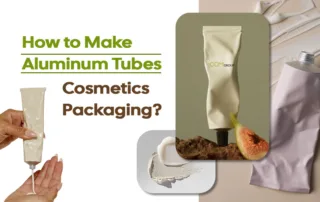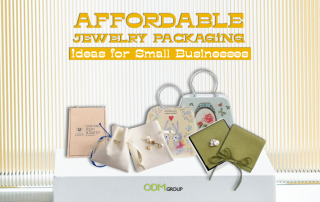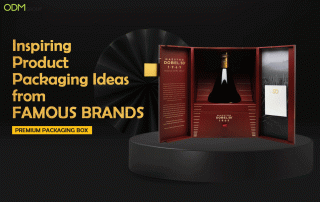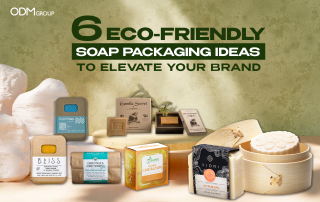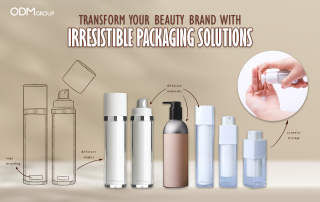As sustainability becomes a core focus in the cosmetics industry, aluminum tube cosmetic packaging is gaining remarkable attention. Lightweight, durable, and endlessly recyclable, it gives both functional and aesthetic advantages for brands seeking to enhance their image while minimizing environmental impact.
From luxury skincare to personal care essentials, aluminum tubes are reshaping how brands present their products. It offers a sleek appearance and strong barrier protection, enhancing both product shelf life and brand appeal.
In this blog, we’ll walk you through the process of making aluminum packaging—from the step-by-step manufacturing process to the rigorous quality tests that ensure safety, durability, and a flawless customer experience.
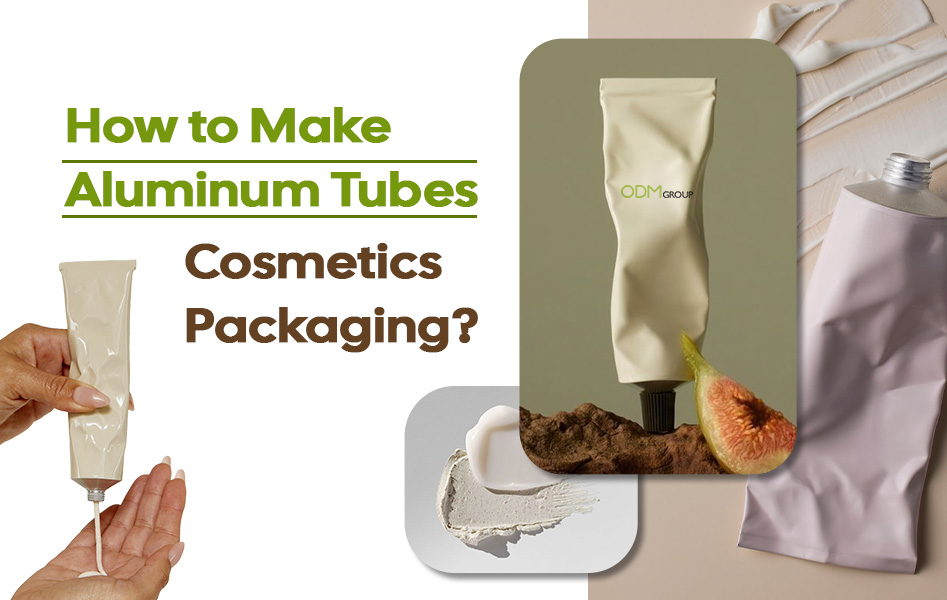
The Manufacturing Process
Every aluminum tube passes through a meticulous manufacturing process designed to ensure consistency, quality, and brand customization.
1. Step 1: Extrusion
Each tube is made from an aluminum slug about the size of a coin.
The metal will spin around in the container, which orients it horizontally so that it will fit through a channel below.
The channel feeds the slug to a forming press.
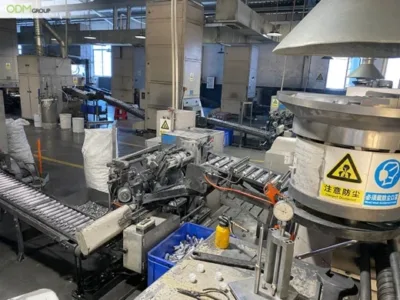
With a method called impact extrusion, each slug will compress to produce the exterior shape of the tube, including the neck. At the same time, a mantle will form the interior. This process hardens the metal, a step that will be corrected later by heating it. Tons of pressure will be applied, and the tubes can be as narrow as 1cm and as long as 22cm.
Step 2: Trimming Process
The aluminum tubes cosmetics packaging process will continue with the trimming machine. It will cut threads into the neck of the tube, passing each one between 2 synchronized rollers. Stationary blades will trim the top of the neck, making the surface smooth and safe to handle.
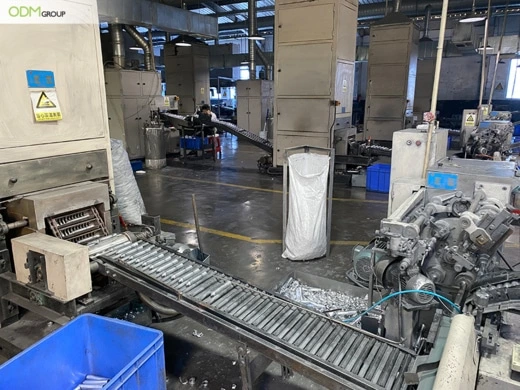
Step 3: Faulty Pieces Check
Workers will inspect the initial body of the aluminum tubes for defects.
Defective tubes, along with excess aluminum parts, will be discarded.
Step 4: Heating Process
Once the aluminium tube structures are formed, they are transferred via a conveyor belt to the heating machine.
This stage is crucial in preparing the tubes for further shaping and processing.
Inside the oven, controlled heat is applied to the aluminium tubes.
This process softens the metal, making it more malleable and flexible for the next stage of production.
Proper heating ensures that the tubes can be shaped or bent without cracking.
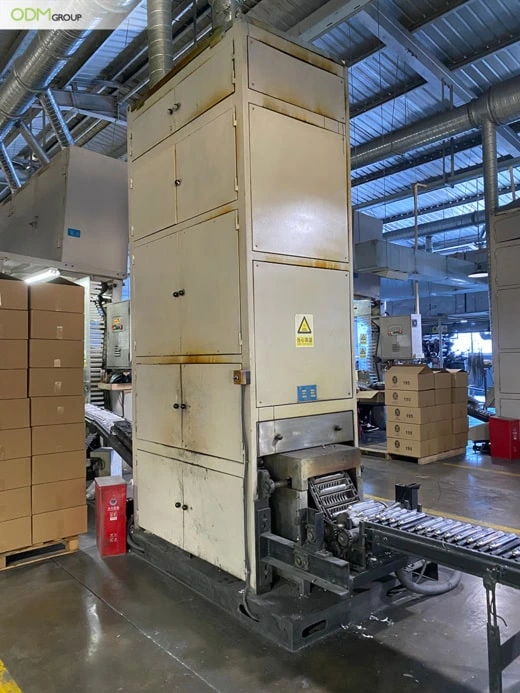
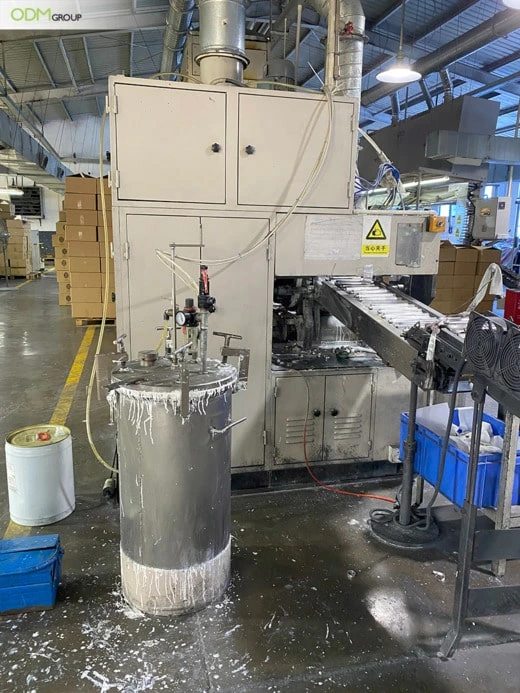
Step 5: Transparent Glue Process
After heating to soften the metal, the tubes move through another machine.
The rollers will apply a layer of glue on the body of the aluminum tube.
A circular machine with approximately 10 grips allows each tube to be inserted into the grip and released once the glue has been applied.
This step is done to allow the convenience and ease of applying the colored print in the next step.
Step 6: Glue Heating Process
During this stage, the grippers carefully position each tube onto long metal pins.
The tubes travel slowly through the oven for approximately 7 minutes, where consistent heat is applied to activate and cure the adhesive.
This precise heating process ensures that the glue bonds firmly and evenly along the tube’s surface.
Temperature and timing are closely monitored to prevent overheating or uneven drying.
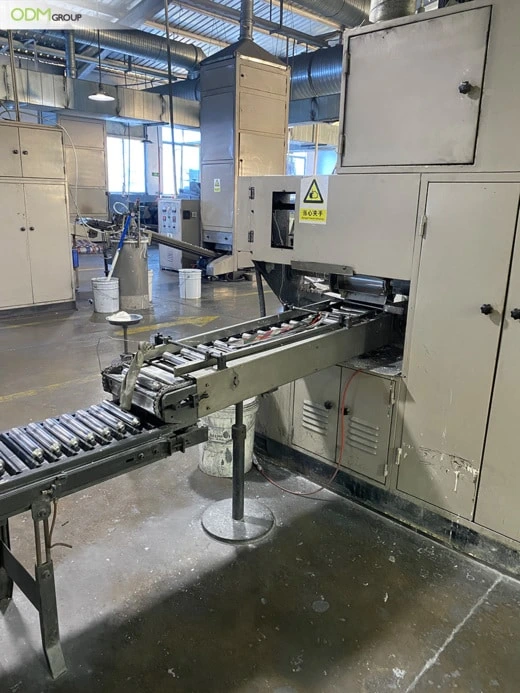
Get to know more about how aluminum packaging is made. Read this article below.
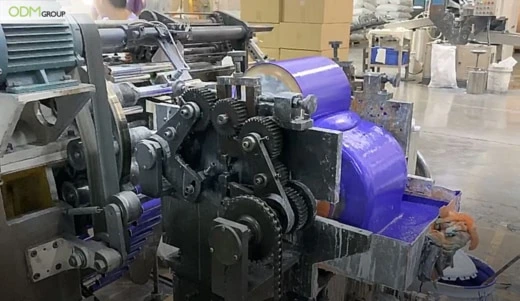
Step 7: Color Print Process
Off to the color print machine, each tube will make one complete rotation against the colored wheel.
With pre-adjusted colors added to the machine, the wheel turns continuously to ensure an even coat onto the aluminum tube.
Step 8: Cooling Process
The conveyor belt from the color print machine will transport the colored tubes to the final stage of the packing station.
However, they have to undergo a cooling process first. Thus, the distance between the stations is far apart.
This allows the colored aluminum tubes to dry completely before reaching the final point.
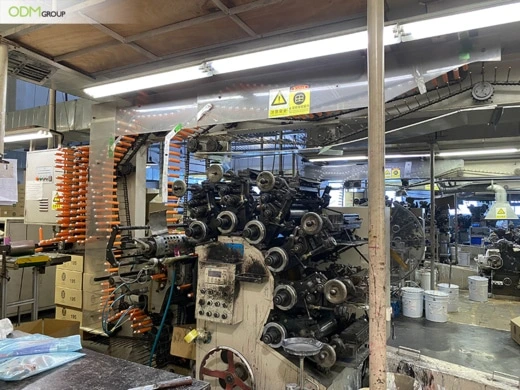
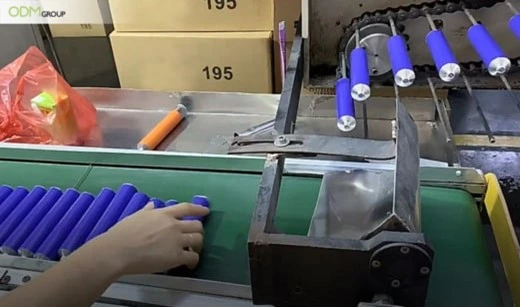
Step 9: Packing Process
The final step in aluminum tube cosmetics packaging is packing.
Workers will inspect the aluminum tubes and package them accordingly into the carton boxes.
Inspections, such as chips in paint or material, will make the packaging deficient. Hence, taken out of the batch of completed aluminum tubes.
Here’s actual footage of how aluminum tubes are made inside one of our factories.
Aluminum Tube Testing: Ensuring Quality and Safety
Beyond aesthetics and functionality, quality assurance testing plays a vital role in ensuring that every aluminum tube is safe, durable, and compatible with cosmetic formulations. Here’s how manufacturers test this cosmetic packaging before they reach the market:
1. Leakage and Pressure Tests
Tubes are filled and subjected to pressure to ensure no leaks occur at the seams or caps.
This prevents contamination and ensures the integrity of your product during storage and transportation.
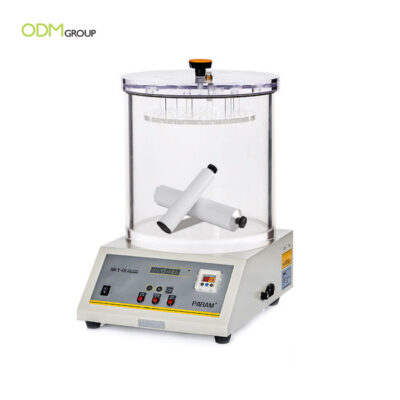
2. Burst Test
This test applies increasing internal pressure until the tube ruptures.
It measures the maximum pressure the tube can withstand, confirming the structural strength required during high-speed filling.
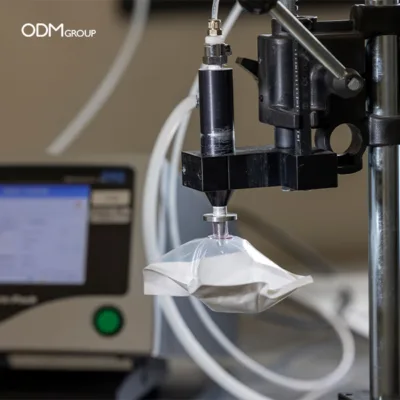
3. Abrasion / Print Rub Test
To maintain a premium visual appearance, printed tubes are rubbed using standardized materials to test the durability of inks, coatings, and finishes.
This guarantees that logos and product information remain legible and attractive, even after extended handling.
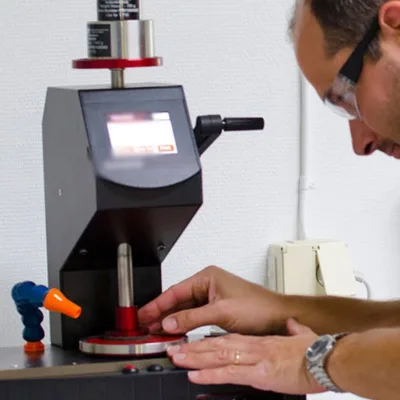
4. Drop Test
Filled tubes are dropped from predetermined heights onto hard surfaces to simulate accidental drops during shipping or retail handling.
Passing this test ensures that the tube’s body, cap, and seal remain intact even after impact.
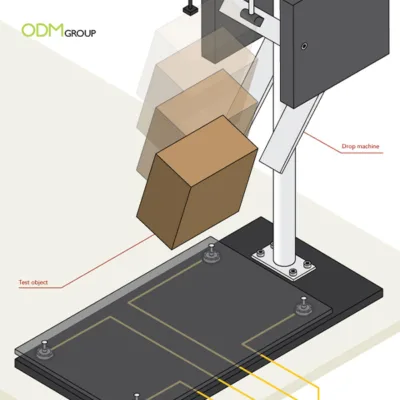
5. Corrosion Resistance
Aluminum tubes are placed in humidity or salt spray chambers to evaluate resistance to corrosion over time. This test ensures that the tubes retain their structural integrity and surface finish, especially important for markets with humid climates.
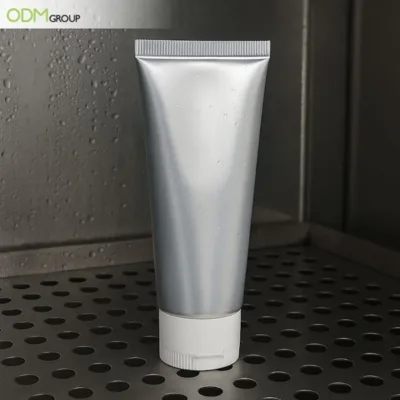
Cosmetic products come in a diverse range of packaging options, each designed to cater to specific needs and preferences. Here are some common types of cosmetic packaging:
Why Aluminum Tubes Are Popular in Cosmetics Packaging
Aluminum has become a preferred packaging material for modern beauty brands for good reason. It’s not just about aesthetics. It’s about performance, protection, and sustainability.
Aluminum naturally provides a full barrier against air, light, and moisture. This property is essential for preserving the integrity of formulations like creams, serums, and ointments.
This also ensures that active ingredients remain potent and uncontaminated, thereby extending the product’s shelf life.
The metallic finish of aluminum tubes adds instant elegance and sophistication. With custom printing, embossing, or matte finishes, brands can create packaging that reflects luxury and trust.
Despite its solid appearance, aluminum is lightweight, making it perfect for on-the-go beauty products. It’s easy to carry, unbreakable, and squeezable, providing both style and practicality.
Aluminum can be recycled indefinitely without losing its quality. Using recycled aluminum requires only 5% of the energy needed to produce new metal. It is an ideal choice for eco-conscious brands aiming to reduce their carbon footprint.
Customization Options for Your Brand
Aluminum cosmetic tubes can be tailored in countless ways to reflect your brand’s personality and product positioning. Beyond functionality, packaging aesthetics play a vital role in capturing consumer attention and building recognition.
Conclusion
As consumers shift toward sustainability and high-quality design, aluminum tube cosmetic packaging offers a perfect balance of eco-friendliness, functionality, and premium appeal. From protecting formulations to enhancing shelf presence, aluminum tubes help brands make a lasting impression.
At ODM Group, we specialize in developing customized packaging design and solutions that reflect your brand values, while meeting the highest safety and quality standards.
If you’re exploring sustainable and elegant packaging options for your next cosmetic line, reach out to ODM Group today to bring your ideas to life.
Aside from custom packaging, ODM also specializes in manufacturing practical promotional product ideas. Browse our products:
FAQs About Aluminum Cosmetic Tubes
Let’s answer the most frequently asked questions about aluminum packaging for cosmetics.
Are aluminum tubes safe for all types of cosmetics?
Yes. With proper internal coatings and compatibility testing, aluminum tubes are safe for creams, lotions, gels, and ointments.
Can aluminum tubes be recycled after use?
Absolutely. Aluminum is 100% recyclable and can be reused indefinitely without losing its properties.
How are designs printed on aluminum tubes?
ODM uses offset or screen printing for precise, full-color graphics, and can include embossing or foil stamping for added impact.
What testing is done to ensure tube quality?
Tubes undergo pressure, leakage, corrosion, and compatibility tests to meet international cosmetic packaging standards.
Does ODM provide custom mold designs?
Yes. We can tailor tube sizes, diameters, and cap designs according to your brand’s product range and visual identity.







